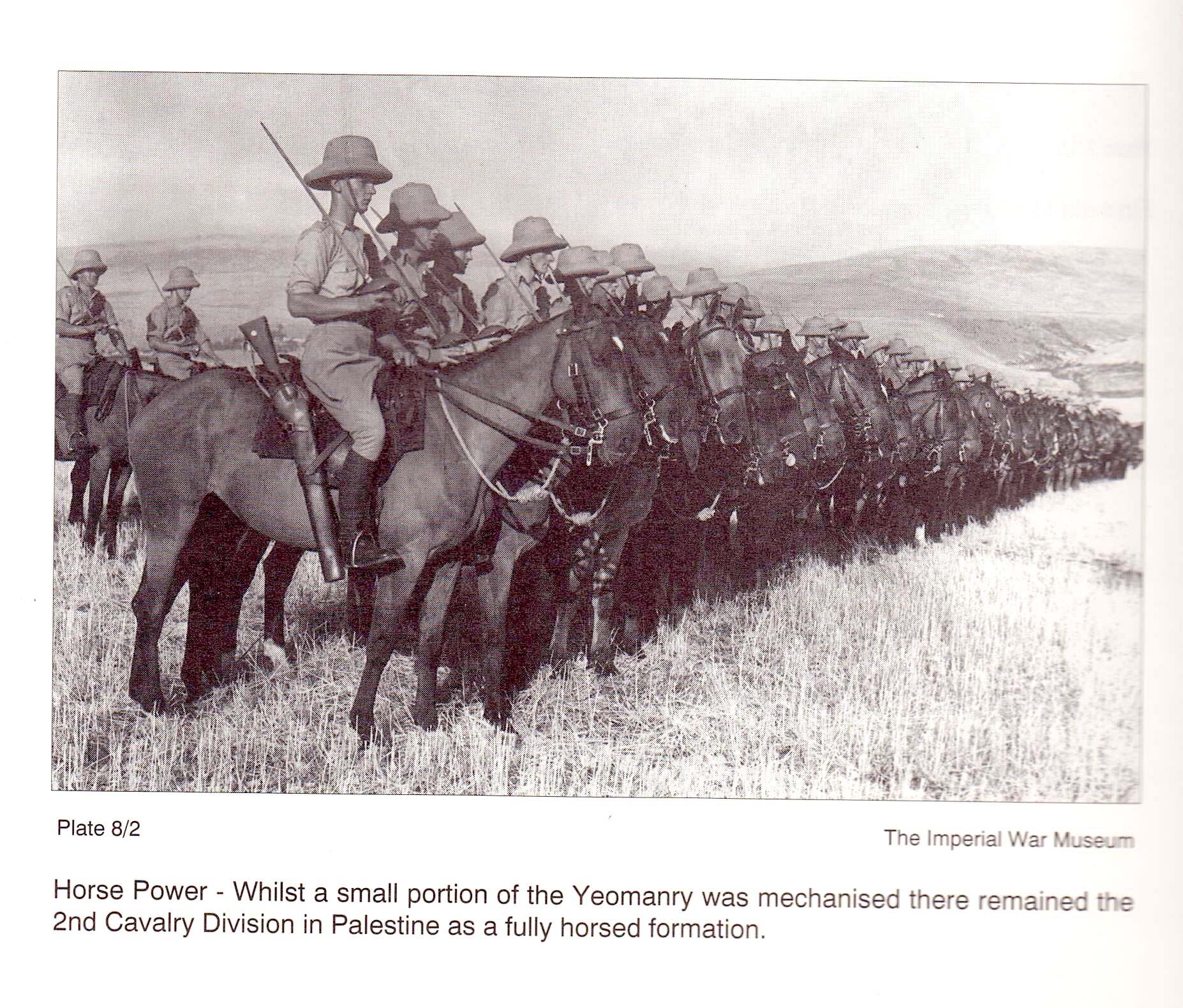We are a Regimental Museum completely supported by Volunteers and our aim is to safeguard the heritage and collective memory of those who have served with the Warwickshire Yeomanry so that both present and future generations may learn the importance of the past through its history.
The museum was until 1967 located at the Regiment’s Headquarters in Warwick when it moved to the Drill Hall at Stratford upon Avon. It was soon realised alternative premises would be needed to house the entire collection and although attempts were made to find an alternative venue, nothing suitable was forthcoming.
In 1976 the Mayor of Warwick offered the use of the Basement of the Court House, Warwick and in 1979 a public appeal was launched and on the 25 April 1981 the Museum was officially opened by the Mayor of Warwick.
The Court House including the Basement occupied by the Museum was subject to a major refurbishment programme requiring structural repairs to the building thanks to a successful Heritage Lottery Bid; the building work commenced in June 2012.
The contents of the Museum were packed and stored in a secure area by our team of volunteers in 18 days by 15 June 2012. The structural alterations to the Court House including the installation of a lift and additional storage space within the Museum were completed by 23 March 2014. We then commenced to build much improved exhibits using a team of volunteers in accordance with an agreed plan requiring four months to complete the task. The refurbished Museum re-opened on 9 August 2014 to coincide with the commencement of the 100th Anniversary of the Great War. Since 2014 we have continued to make further improvements each year to the Museum displays..












